Sometimes, desperation breeds innovation. That certainly seems to be the case in the world of esports statistical analysis. One of the chief storylines of the 2017 League of Legends season has been the dramatic fall of Team Liquid, an esports pioneer, from perennial playoff contender to last place in the standings. They’ve left no stone unturned in their search for a solution. The latest innovation Liquid is looking at—besides another series of roster swaps—is an esports data startup called Shadow. The company’s promise is immense: It aims to absorb every bit of information related to League and give its users the ability to fully understand the game in a way that’s never been done. We spoke with Shadow’s architect, esports statistician Tim Sevenhuysen, on what the tool can accomplish and what the future for esports analysis holds.
Bringing statistical analysis into the light
Shadow for League is a collaboration between Sevenhuysen and esports startup Dojo Madness. Sevenhuysen is best known as the creator of Oracle’s Elixir, one of League’s preeminent stats sites, an essential tool for analysts and coaches. Dojo Madness is a startup with a background in software tools to help esports athletes. Shadow was launched by Dojo Madness late last year as a platform for CS:GO. The tool is designed to give professional teams a leg up by aggregating statistical analysis into a single platform. The Shadow team is working with Team Liquid to determine exactly what coaches and analysts need to be more effective, both now and in the future. The fact that Liquid has jumped onboard is a testament to Sevenhuysen’s work in trying to understand League.
Building the first League database

Sevenhuysen’s foray into video games began when he was just a kid playing a Commodore 64 system in his dad’s basement. He first started watching League of Legends in 2012 during the season two World Championship. That tournament floored him. He had past experience with the game, but it was the esports aspect that drew him in. Fortuitously, Riot was also growing League esports by launching the LCS the next season, and Sevenhuysen chose to become a fan of Team Curse. But he was no ordinary fan—he had developed a background in statistical analysis and experience as a market analyst. With that experience, Sevenhuysen sought to understand the game through its numbers. Sevenhuysen started with Riot’s LoL esports website. “I was poking around the LoLesports website and saw this button that said ‘view stats,’ and there was this match history page with a bunch of numbers,” Sevenhuysen said. “I wondered if anyone was doing anything with these numbers to draw basic averages and stuff. So I built an Excel macro where I could copy and paste that table of numbers, and I had a database.”
I couldn’t do it. Nobody in the world could do it
Even today, the information that was available from the match history pages is limited. It shows the state of the game at the end—who won, what items were bought, and what the gold difference was. That’s not enough to say why a team won, or at what point the game turned. Even stats as commonplace now as Creep Score Differential (CSD) at 10 minutes were impossible to get. CSD is the basic measure of League’s economy—without it, it’s hard to tell which team is ahead. “The website didn’t have a lot in it,” Sevenhuysen said. “CSD at 10 minutes, that set of data didn’t have any time base, it was all end-of-game. I couldn’t do CSD at 10 minutes, nobody in the world could do it.”
Taking off

But that didn’t dissuade Sevenhuysen from pursuing his new hobby. He had a lot of fun learning and writing about the game. Eventually, that caught the eye of a Riot employee named Daniel “Spellsy” Biery. Spellsy showed Sevenhuysen how to access more data through Riot’s API—he finally got CSD at 10 into the website. “That’s when it took off,” Sevenhuysen said. He parlayed his increased exposure into more writing and even a part-time analyst role with Fnatic during their phenomenal undefeated run in the 2015 EU LCS Summer Split that culmunated in a semifinals appearance at Worlds.
Shadow origin
In 2017, Sevenhuysen started releasing a limited set of aggregated match data for free on his site. He kept certain stats to himself to preserve some competitive advantage, but felt that it was time for others to help move statistical analysis forward. Many of League’s most commonly-quoted stats are seriously misunderstood, Sevenhuysen believes. Take damage and gold, often distilled into damage-per-gold. It’s one of his least favorite stats. “It’s impossible to know what direction to interpret them in,” Sevenhuysen said. “They’re so intertwined and they’re not sequential. You can’t say, ‘I got more gold so I did more damage.’ Because it could be you did more damage, you got a kill, therefore, you got more gold. You intersect two very complicated numbers and hid all the complexity behind them.” Sevenhuysen’s goal with releasing data was to encourage people to think beyond the simple and tackle the complex. “There’s enough here for people to be creative with it,” he said. “To come up with new statistical concepts for League and move the entire space forward. The data attracted more people to his site and also caught the eye of Jens Hilgers, CEO of Dojo Madness.
A great fit

Working with Dojo Madness also helped Sevenhuysen and his team reconnect with his favorite LCS team—Team Curse had become Team Liquid, and they were interested in his concept for an analytical tool. Liquid has long been a pioneer in esports statistics. In addition to TeamLiquid.net, one of the world’s first esports websites, they’ve partnered with other service providers like Mobalytics in enhance their team and their understanding of the game. “The feedback from TL has been really great because they buy into the future of what we’re doing,” Sevenhusen said. “[They have] a long-term vision: Here’s what Shadow is today and it’s useful. Here’s what Shadow is going to be in six months, that’s going to be amazing. Here’s what it could be in two years, we’re going to get there together.” Working with Liquid, Shadow has created a comprehensive suite of tools that allow coaches and analysts to track anything, from solo queue stats to scrims. The first step is to make stat tracking easier and less of a burden. “We are a software industry at heart,” Sevenhuysen said. “We should have better tools. Coaches and analysts shouldn’t be working with pen and paper or Google sheets.” This first step is to alleviate common pain points, like tracking scrims, which is nearly impossible today due to Riot restricting access to its internal server. Going from pen and paper to a software input format will make scrims more efficient. But the next step is helping teams understand the numbers to not only save time, but discover new concepts. That’s where esports stats have the most room to grow.
The future of esports data: We can do better
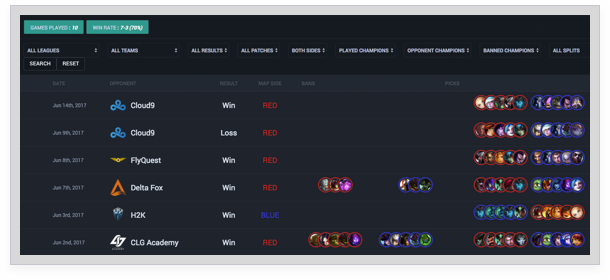
Sevenhuysen believes that there’s a lot of room to grow using the data that’s available. Working with Dojo Madness has opened up avenues that were not previously available. But the real advances will require the help of Riot to get more. “The big breakthroughs will come from more, better data,” Sevenhuysen said. “You have to build the tech to do it. There’s an ongoing struggle of ‘how can we get more?'” Riot teased some of the things their technology could do when they announced that, starting this season, a detailed record of all game commands would be recorded in NA LCS games. On it’s face, this tool, called Chronobreak, is meant to fix bugs and crashes. But it could do so much more. Recording every game interaction in detail unlocks a treasure trove of information. Teams in the future will be able to know not only what happened, but what their players intended to happen via their input commands. And they’ll be able to rewind and practice specific scenarios in their scrims. Of course, all that data will be aggregated via platforms like Shadow so analysts can start working on complexion correlations. The future seems unlimited, and that has a lot to do with the technology being championed by the game’s publisher. Analytical teams across different companies have expressed gratitude for the support Riot has given them to push things forward, and Sevenhuysen agrees: “We’ve got a really good relationship with Riot.” That relationship will be important as he and others seek to move things forward. “The ways coaches and analysts manage data these days feels really primitive,” he said. “We want to be this force in the LoL ecosystem saying ‘We can do better.'”


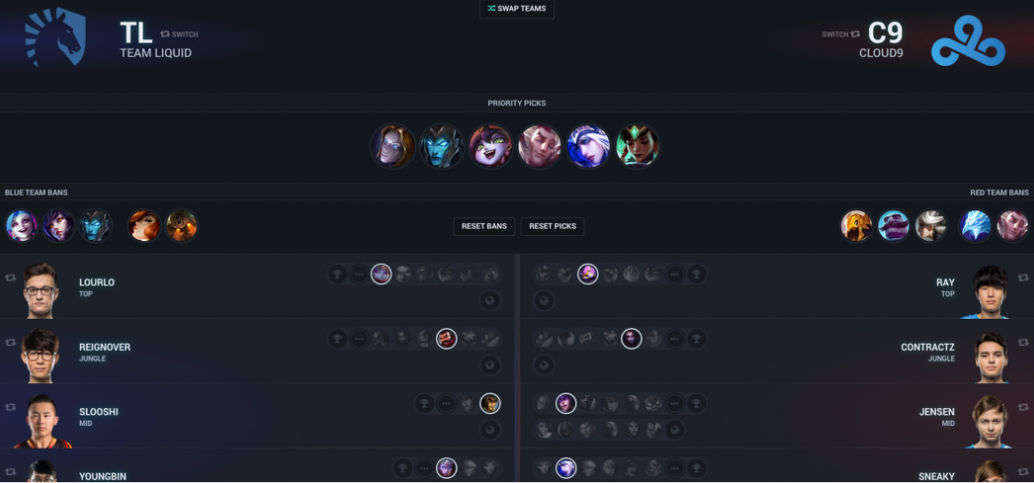
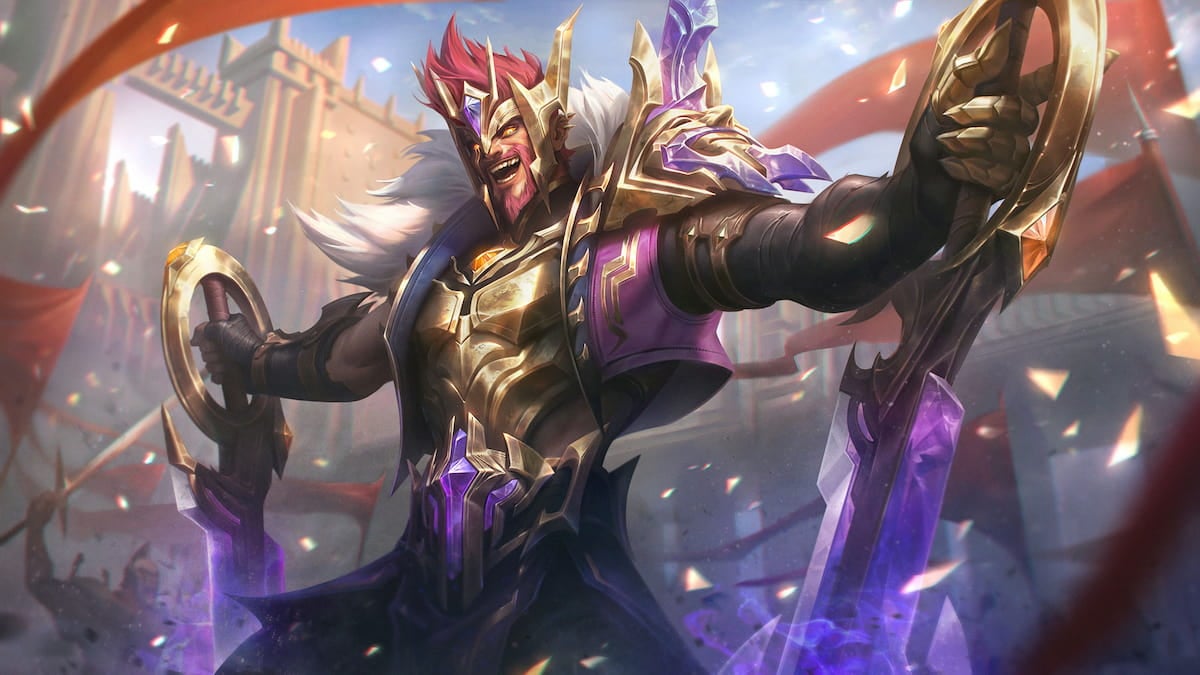



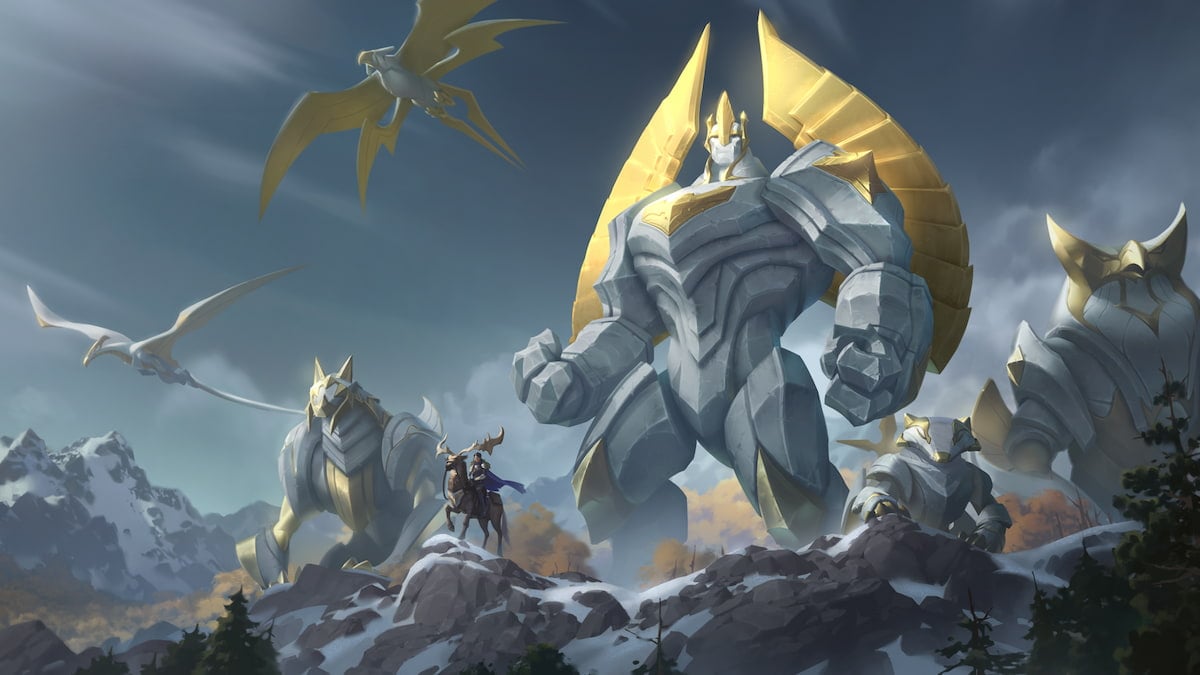


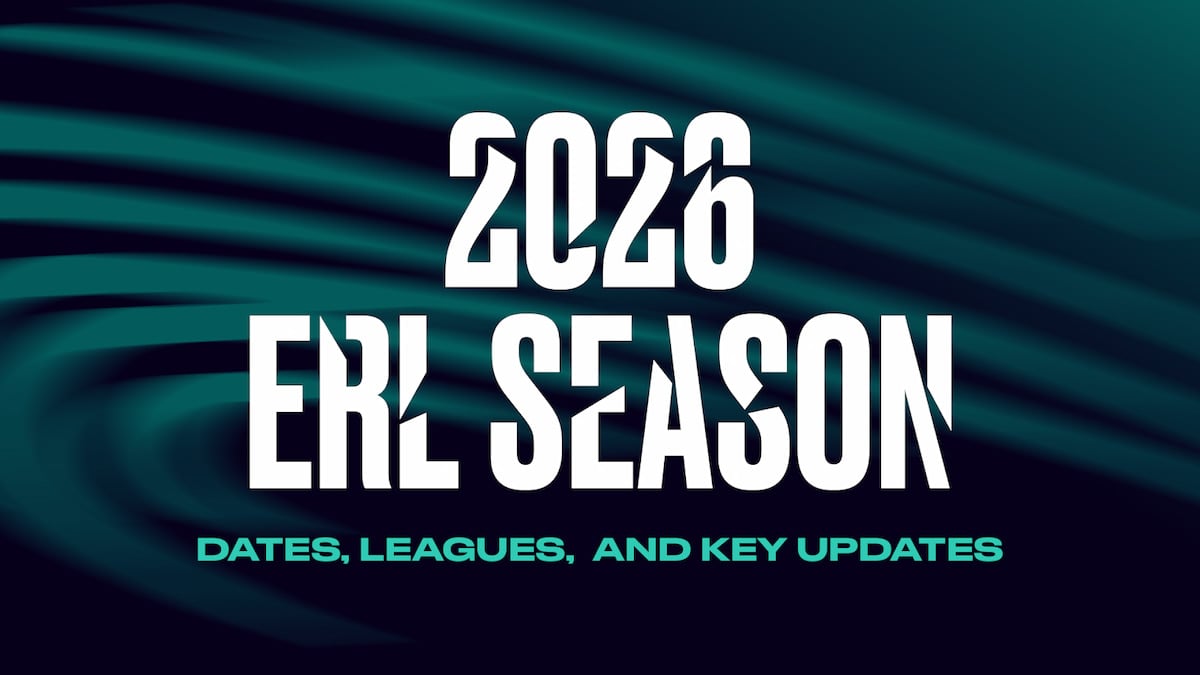


Published: Jul 30, 2017 08:54 am